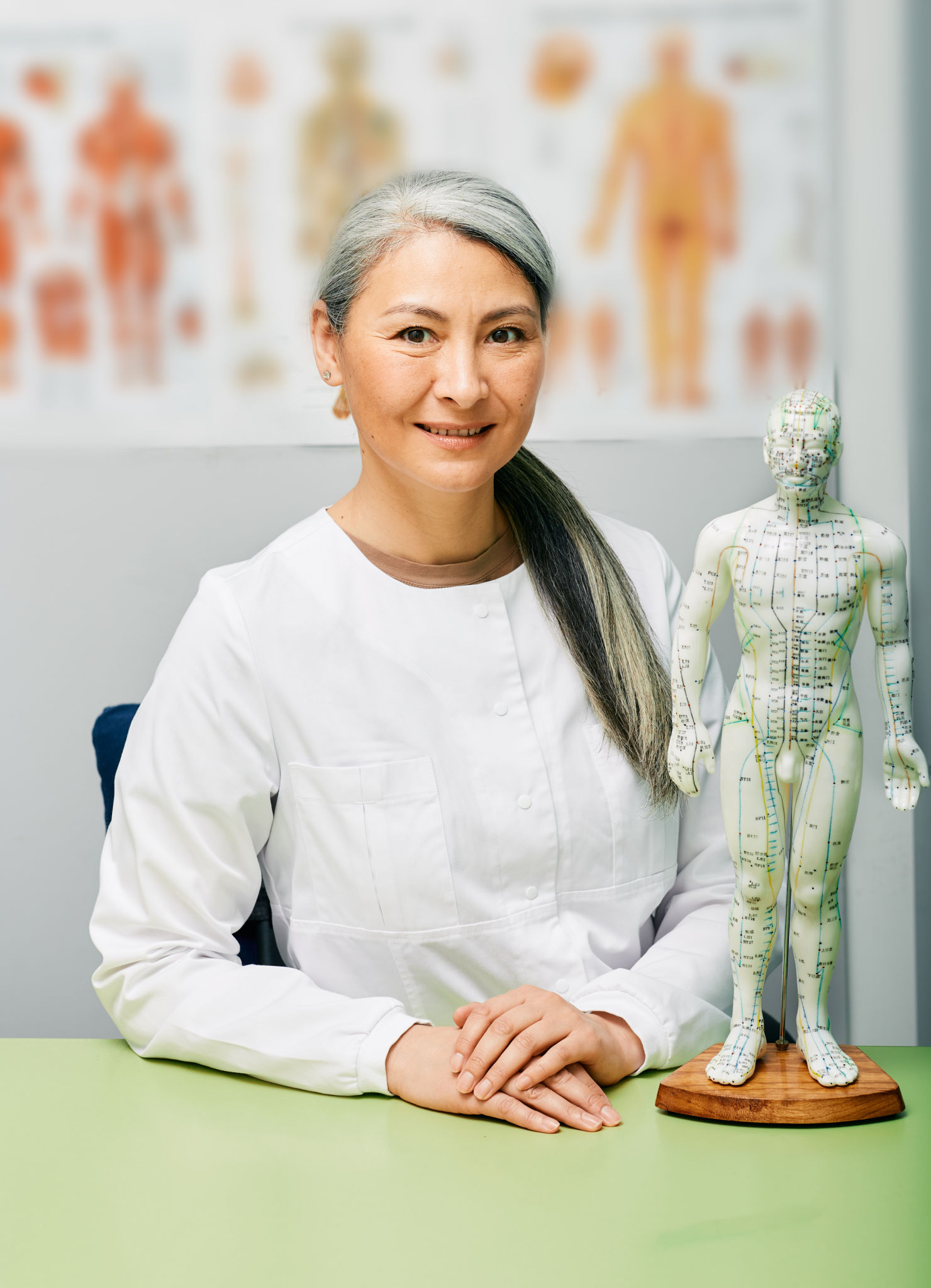Understanding Acupuncture: A Comprehensive Guide to Holistic Healing
What is Acupuncture?
Acupuncture is an ancient practice rooted in Traditional Chinese Medicine (TCM) that involves the insertion of thin needles into specific points on the body. These points are believed to be connected to pathways or "meridians" that conduct energy or "qi" throughout the body. By stimulating these points, acupuncture aims to balance the body's energy and promote healing.
Over the centuries, acupuncture has been used to treat a wide range of ailments and conditions, from chronic pain to digestive issues. It is based on the philosophy that health is achieved by maintaining the body's equilibrium. When this balance is disrupted, illness can occur.

The Science Behind Acupuncture
While acupuncture's origins are steeped in ancient practices, modern science has begun to uncover the mechanisms by which it may work. Studies suggest that acupuncture can stimulate the release of endorphins, the body's natural painkillers, and affect neurotransmitter levels, which can influence mood and pain perception.
Moreover, research has indicated that acupuncture may help modulate the autonomic nervous system, reducing stress and promoting relaxation. This could explain why many people report feeling more balanced and calm after a session.

Benefits of Acupuncture
Acupuncture is often praised for its wide array of health benefits. Some of the most common include:
- Pain Relief: Effective for conditions like migraines, arthritis, and back pain.
- Stress Reduction: Helps lower stress hormones and fosters relaxation.
- Improved Sleep: Can enhance sleep quality by balancing energy.
- Enhanced Well-being: Promotes emotional balance and mental clarity.
Many patients report improved energy levels and overall wellness after regular acupuncture sessions, making it an appealing option for those seeking holistic healing solutions.

What to Expect During an Acupuncture Session
An acupuncture session typically begins with a consultation where the practitioner assesses your health concerns and medical history. This helps tailor the treatment to your specific needs. During the session, you'll lie comfortably while the practitioner inserts needles at selected points.
The needles are usually left in place for about 20 to 30 minutes. Most people feel minimal discomfort and often experience a sense of deep relaxation. It's common to feel a tingling sensation or warmth around the needle sites.
Choosing an Acupuncturist
When considering acupuncture, it's crucial to select a qualified practitioner. Look for licensed acupuncturists who have completed accredited training programs. Certifications from recognized organizations can also ensure that you're receiving high-quality care.
A good acupuncturist will take the time to understand your concerns, explain the process, and make you feel comfortable throughout your treatment journey.

Integrating Acupuncture into Your Lifestyle
Acupuncture can be integrated into your health regimen as a complementary therapy alongside conventional medical treatments. Many people find it beneficial to have regular sessions to maintain their health and prevent imbalances from arising.
It's important to communicate with your healthcare provider about incorporating acupuncture, especially if you have ongoing health conditions or are undergoing other treatments.
Conclusion
Understanding acupuncture and its benefits can open doors to a holistic approach to health and wellness. Whether you're seeking relief from pain, stress reduction, or overall well-being, acupuncture offers a natural pathway to achieving balance in your body and mind.
By embracing this ancient practice within a modern context, you can take proactive steps towards a healthier, more harmonious life. As always, consult with healthcare professionals to determine the best approach for your individual needs.
